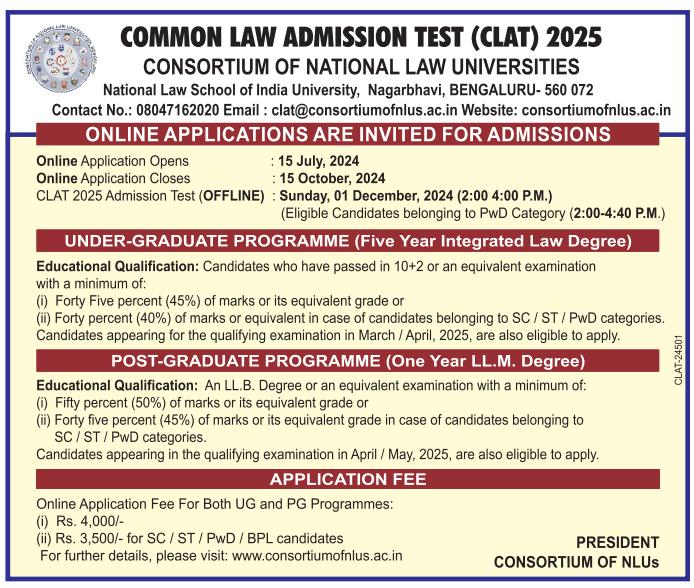If you’re a law student looking for real-world experience, community service, and professional growth, this is your chance. The Legal Internship with NLST (Noida Legal Service Trust) offers more than just a certificate – it provides a platform to empower your legal journey while helping people on the ground.
Noida Legal Service Trust is a registered NGO dedicated to providing legal assistance to marginalized communities and promoting access to justice. Their internship and membership program is ideal for aspiring lawyers who want to go beyond books and actually apply the law to create real impact.
Why Choose a Legal Internship with NLST?
This opportunity is tailored for law students who want to strengthen their practical skills while working for a social cause. Unlike conventional internships that limit your exposure, NLST offers a broad range of experiences including legal drafting, court assistance, community legal outreach, and professional mentorship.
Here are the top benefits of applying for the Legal Internship with NLST:
1. Internship Certificate + Lifetime Membership
On successful completion of your internship, you’ll receive an official certificate of internship and become a lifetime member of NLST. This not only boosts your CV but also connects you with a legal support network that lasts beyond your student years.
2. Online + Offline Internship Modes
NLST understands the needs of today’s students. You can participate in the internship from anywhere in India through remote assignments. For those in Delhi-NCR, offline fieldwork and courtroom assistance options are also available.
3. Hands-On Legal Drafting
Interns will actively learn to draft a variety of legal documents including:
- RTIs (Right to Information Applications)
- PILs (Public Interest Litigations)
- Legal Notices
- Police Complaints
Such practical exposure is rare at the student level and gives you a strong foundation for your future legal career.
4. Real Case Involvement
You won’t just be researching or shadowing others. Interns at NLST work on real-life legal cases involving social justice, property disputes, domestic violence, tenant issues, and more. You’ll learn the legal process firsthand—from client interaction to final case preparation.
5. Field Exposure in Urban and Rural Areas
NLST organizes regular legal awareness camps in both urban and rural areas. Interns get a chance to interact with real people, identify legal issues, and guide them with legal aid. These camps enhance your public communication skills and legal confidence.
6. Assistance in Finding Future Internships
For serious and active interns, NLST helps you land internships in senior advocate chambers across Delhi-NCR. Many interns have secured prestigious roles through the network built during their time at NLST.
7. Opportunity to Work as a Paid Advocate After Bar Registration
Once you clear the All India Bar Examination (AIBE), you may be considered for paid assignments or long-term roles within NLST’s legal aid initiatives. That means you’re not just interning for a short stint—you’re paving the way for future paid work.
8. Honorarium for Field Participation
Though NLST is a non-profit, active interns participating in field visits and awareness drives receive a nominal honorarium. This is to recognize your time and commitment towards social legal work.
9. Professional Growth and Legal Social Networking
The internship also helps you build a professional identity. You’ll connect with lawyers, judges, NGOs, and activists, gaining mentorship and career advice in the process. You also become part of a network of law students across India who are passionate about justice.
Who Can Apply?
- Law students from any year (1st to 5th year of 5-year course or 3-year LLB)
- Passion for legal aid, grassroots justice, and community service
- Strong interest in litigation, legal drafting, or social advocacy
- Access to a laptop and stable internet connection (for online interns)
How to Apply?
Apply Here: https://lnkd.in/gZbVhvfi
Deadline: Applications are accepted on a rolling basis. However, seats are limited.
Don’t miss the chance to be a part of something meaningful. Join NLST’s legal team and make your law degree matter from day one.
Final Words
The Legal Internship with NLST isn’t just a line on your resume—it’s an experience that transforms you into a socially conscious legal professional. If you want to be the voice for the voiceless and gain unmatched practical exposure, this internship is the perfect next step.






